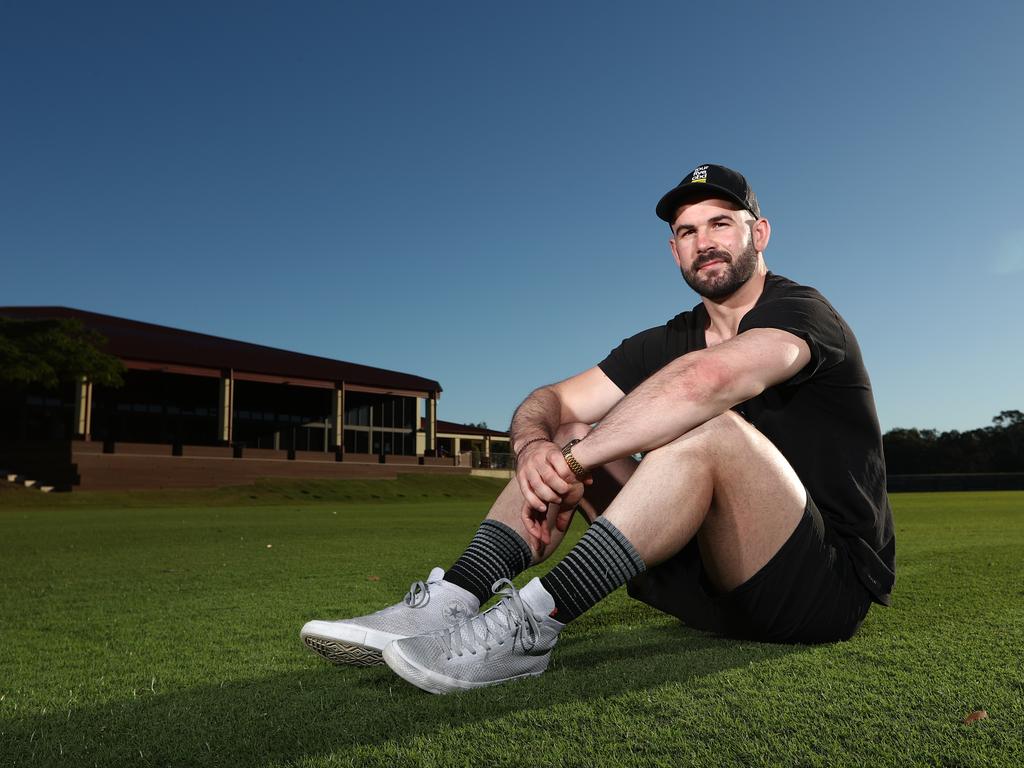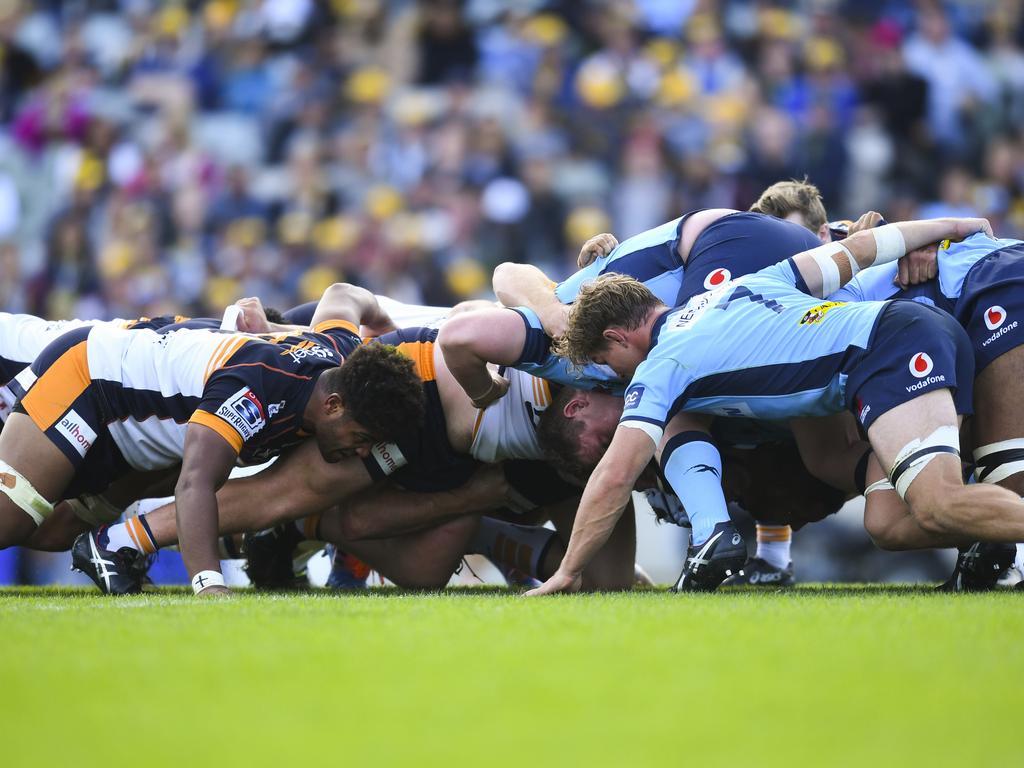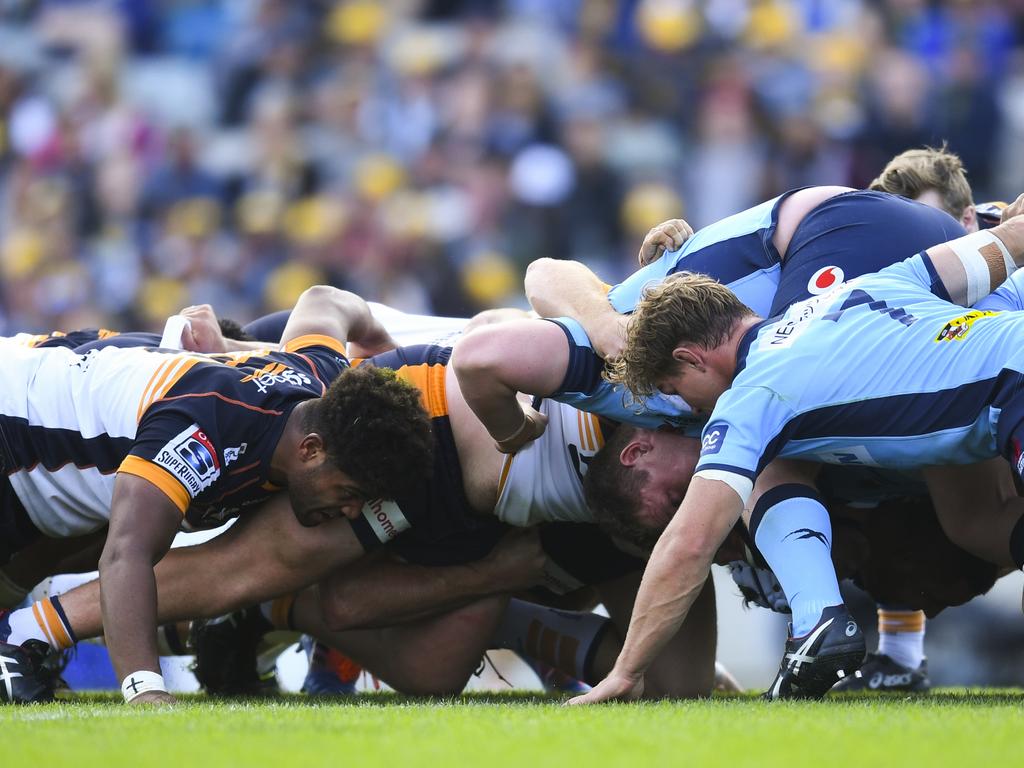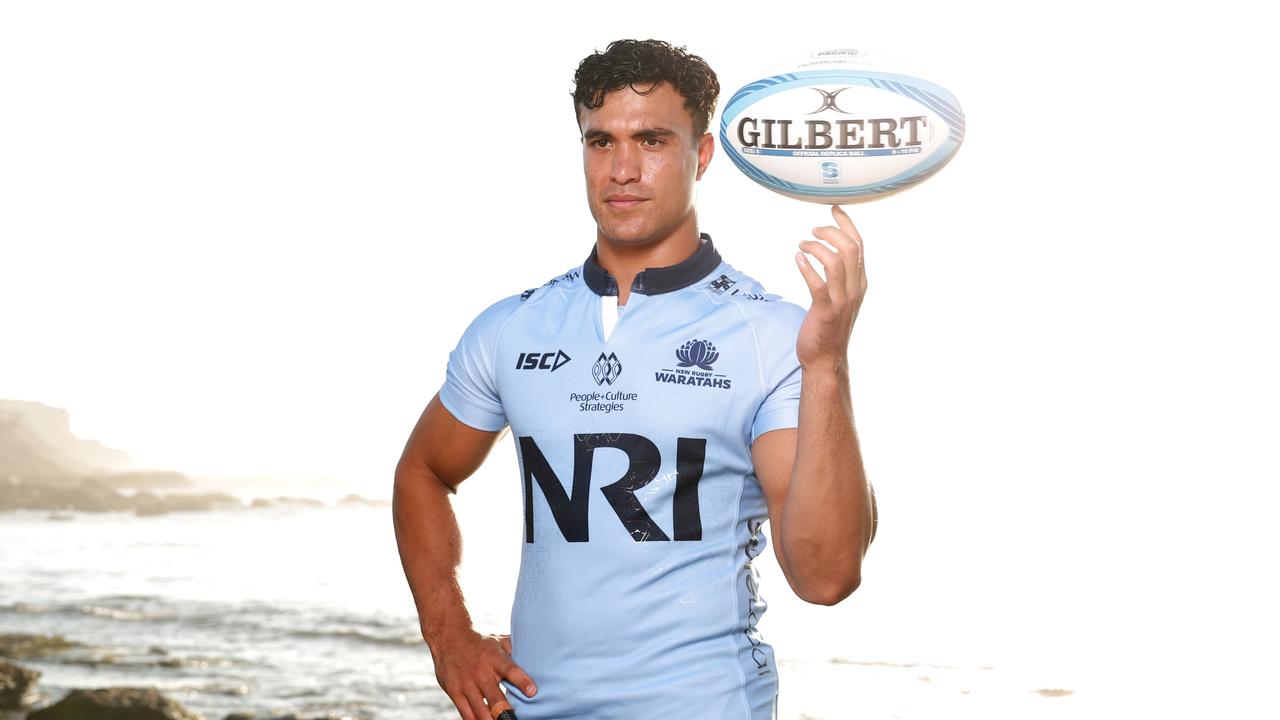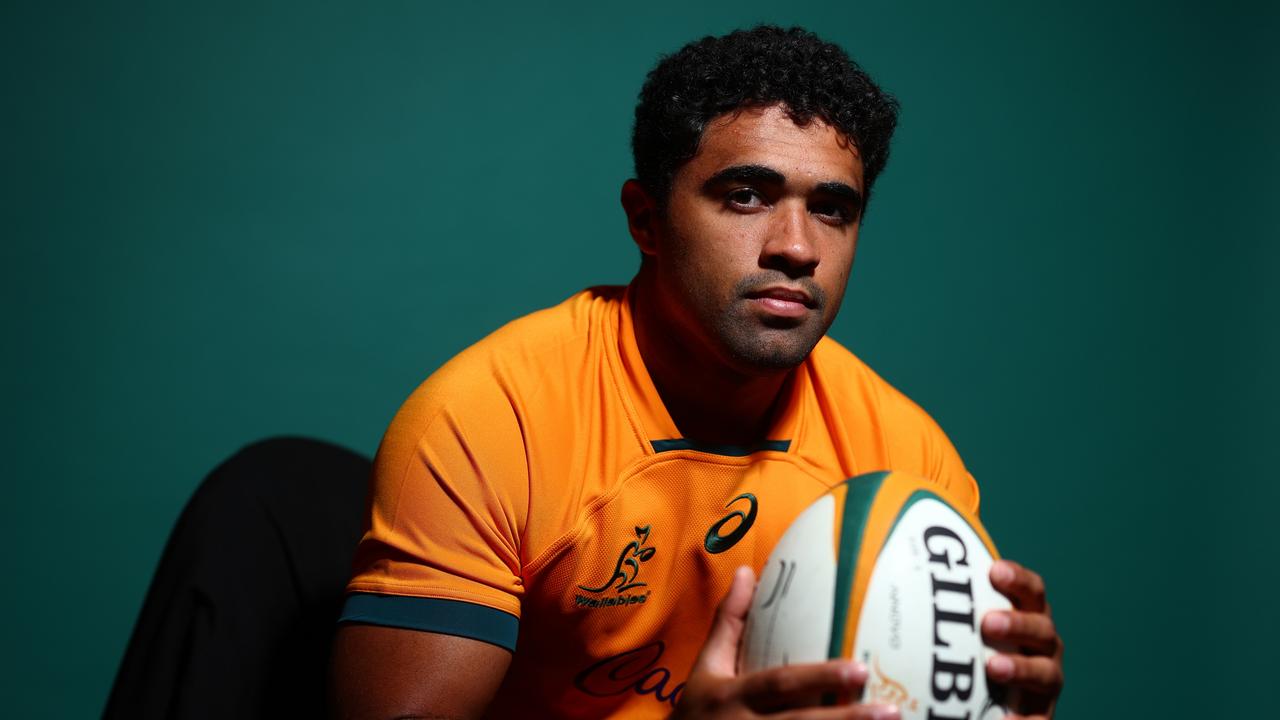Speed of New Zealand’s Super Rugby Aotearoa signals dawn of new era
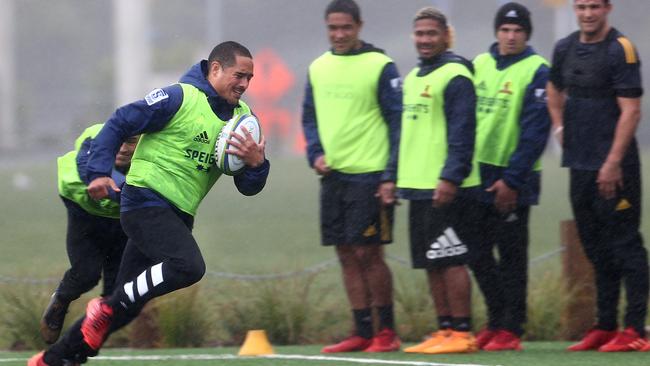
The clock is ticking towards the return of live rugby. But what is Investec Super Rugby Aotearoa set to serve up in New Zealand, when it begins on Saturday? A circus or something more serious; like the future direction of the sport on the field?
There is a dichotomy between those who perceive the sport as an entertainment from which profit can be made and the purists who want nothing more than time frozen with that famous photograph of Fran Cotton’s mud bespattered face on the 1977 Lions tour of New Zealand.
The former cannot contemplate anyone but old blowhards ever wanting to see a game ground out in the lowest of gears. Summer rugby, some of them shout, as if the weather will change the game. The latter see the scrum as something sacred.
Yet it is the promised officiating at the breakdown, not another blind visionary, that can reshape rugby union. There is a sense of Year Zero to the forthcoming weekend in New Zealand. Look at the Aotearoa table. Nothing but zeros. Brand spanking new. Separate from Super Rugby, it is a new beginning. One in which the Kiwis, the sport’s perennial trendsetters – for better or worse depending on your point of view – are intent on accelerating the game.
To the breakdown. In Europe there is a broad perception that these constant contact areas are not properly refereed in Super Rugby; that they are a free for all. Joe Marchant, the Harlequin who headed for Auckland (his team face the Hurricanes on Sunday) was stunned by the speed of recycled ball at the tackle zone. The perception that European defence is better, he said, was fallacious.
It is far easier to defend endlessly slow and recycled possession as opposed to making a tackle and seeing a ball spun away from the collision even as that tackler rises to his feet. The prospect of less leniency is stupefying. If the referees do penalise tacklers for not rolling sideways out of the way of attacking teams, we are in for a rollercoaster ride.
Teams have not played for a while. Beauden Barrett makes his Blues debut on Sunday but has not played since New Zealand’s third-place World Cup playoff game against Wales in Japan. There will be technical highs and lows.
The threat of this potential new age to the advocates of the timeless game is the absence of law meddling. The breakdown will be properly officiated. Laws will not be bent to serve New Zealand’s dastardly determination to make the rest of the world play at their pace. Laws will be applied. It is the jabbering European approach to the breakdown that helps our elite teams focus on killing the ball rather than breathing new life into the sport.
And new direction. The slow ball that sits brooding beneath the melange of hefty humans is of limited use. You can kick it or pop a pass to a tight forward to plod a millimetre forward before going to ground. Television is in awe of these “endless phases”. I am bored.
Unimaginative coaches, players and commentators blurt out the cliche: “You have to earn the right to go wide.” In other words you must go forward first, draw the defence and create space. Like all cliches it is grounded in truth.
But in the northern hemisphere it is too often the only option. Rubbish has to be recycled. Pick and drive, pick and drive, the endless beat to a boring game. Stop the cynicism, speed up the ball, play with purpose and the tune becomes altogether jazzier. And the direction changes.
You don’t have to “earn the right to go wide”. Not if the pace of the performance is such that the ball is beating the tackler off the ground back into the game, as Marchant emphasised in his early Auckland days.
Lateral rugby is a dirty word in these parts because defences are lined up and ready to smash opposition. But fast offloads and rapid recycling changes the tempo and with it the balance of power swings to offence. That is why you hear critics call it “basketball” rugby. It is all happening too fast for the defence. Tries become the essence of the game.
On Saturday the Highlanders’ Aaron Smith, the sharpest No 9 in the world, goes up against the diminutive but explosive Brad Weber, one of New Zealand’s three World Cup halfbacks. These guys are the enemies of “Adagio rugby”. The ball is presented, it is gone. If the defence shifts too quickly, the pair – especially Weber – has the speed to score from great distances.
A quicker breakdown equals the freedom to play lateral at pace with halfbacks sharp in hand, minds and legs. This is the rugby formula for space. And here we get to Saturday’s fullback for the Chiefs, the diminutive Damian McKenzie.
In Europe his dazzling array of skill, speed and vision would have been trumped by the suffocating size and strength of opposing defences. There is no way Warren Gatland would have picked him for Wales. But in New Zealand, where the game gallops along, his size is almost an irrelevance.
If you do believe rugby is a game for all shapes and sizes you will be hoping that day one of rugby’s new era begins this weekend in New Zealand.
THE TIMES

